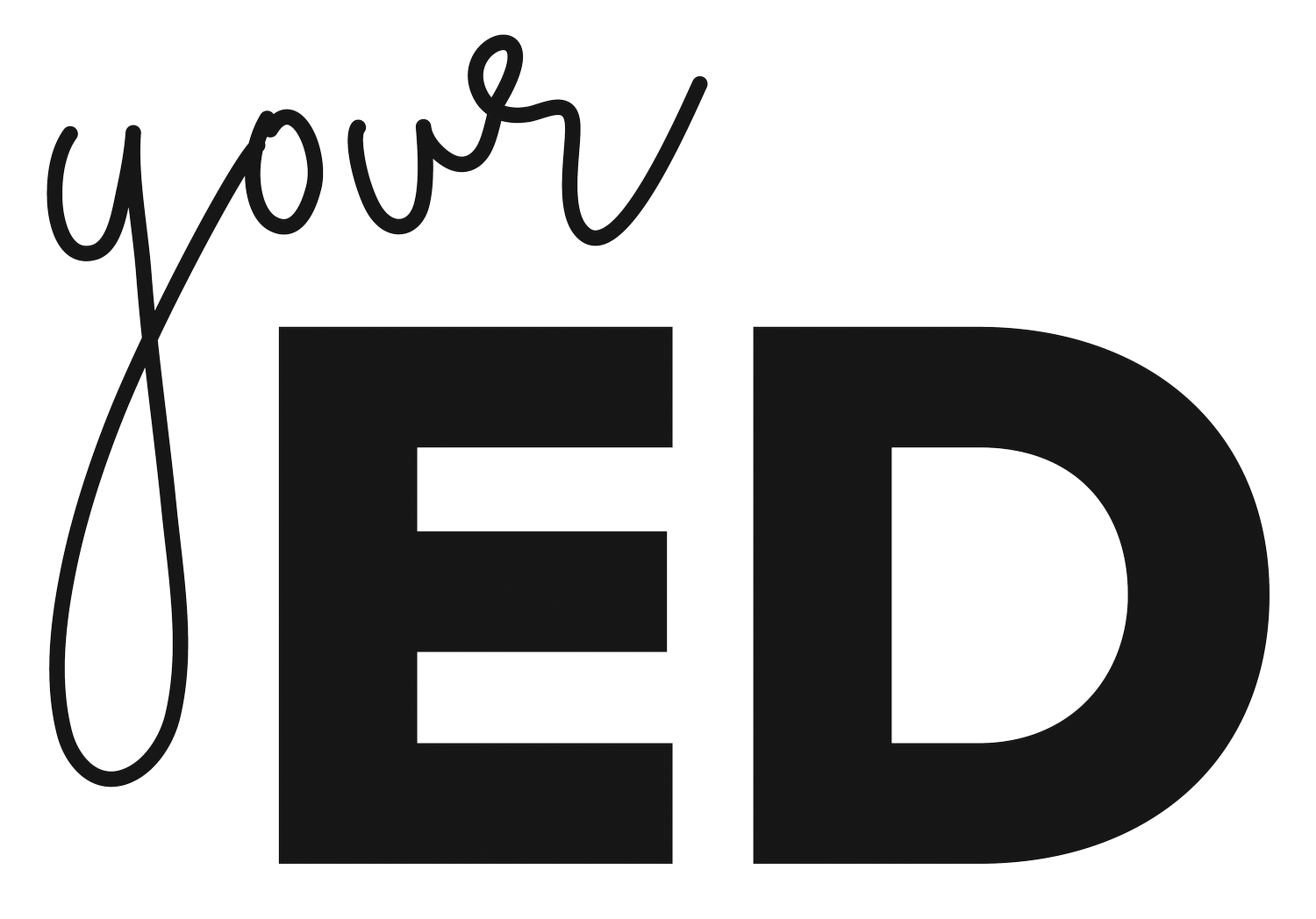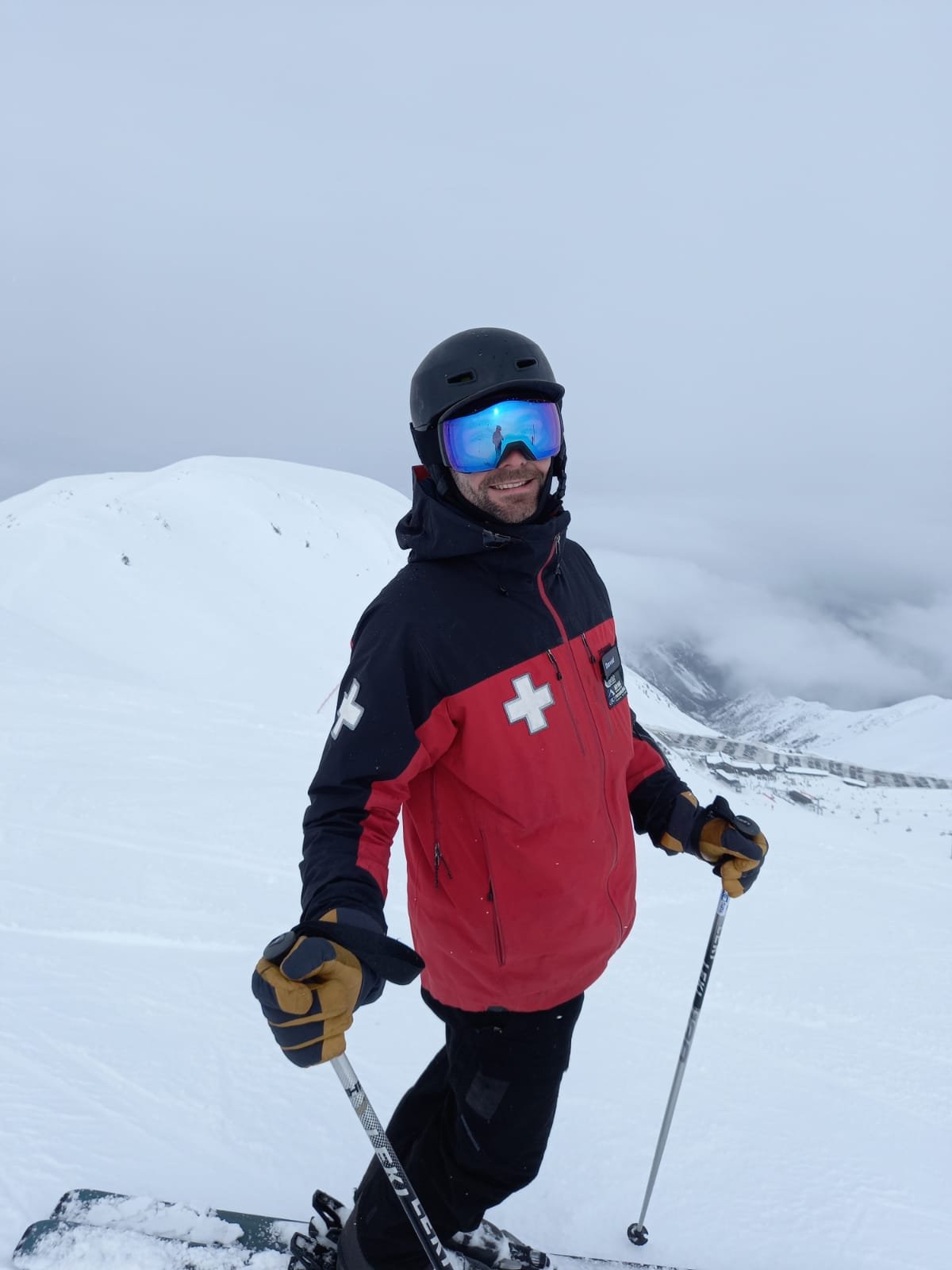The doctor on the mountain
For one snow season, I was fortunate to work as the doctor on the mountain on Ōpuke in Aotearoa New Zealand.
Dr David Lawson.
Mt Hutt – or ‘Mt Shutt’ as it’s jokingly known to locals, due to its strong north-westerly winds – is the nearest ski field to Christchurch, on the South Island. It is the first ski field to open each year in the Southern Hemisphere, with the snow season running from June to October.
The Hutt Medical Centre is the only medical care for miles, at an elevation of 1600 metres, at the end of a 13 kilometre dirt road that freezes and ruts and weaves beneath several avalanche paths.
It is a pre-hospital clinic run by one doctor, and a nurse or paramedic, with frequent help from a patrol team. In the centre are just four beds, all of them scarred by ski boots and patched up with black electrical tape.
To get to the clinic, patients either walk in – if they can – or are collected and brought down by ski patrol, in a purpose-designed sled called a ‘rig’.
In the clinic they would be put into one of the four beds, assessed, managed with analgesia, splinted, or reduced. Then they were transported off the mountain via private transport, an ambulance, or by Westpac helicopters.
“The main challenge we faced at Hutt was evacuating patients. Often, visibility was too poor for a helicopter to land in the top carpark. ”
The year that I was the doctor on the mountain, there was a slow start for Mt. Hutt, with a lack of snow delaying its opening. Bridget, the full-time nurse, and I were grateful for the extra time we had to get the place up and running. We stocked up the supplies and established the Accident Compensation Service (ACC).
The freedom to pioneer the clinic allowed me to pin a rather large Wales flag across the back wall. This was a great conversation starter or, a repeated question for a looping concussion!
The main challenge we faced at Hutt was evacuating patients. Often, visibility was too poor for a helicopter to land in the top carpark.
The dirt road meant that road transport was often a sub-optimal option. Snow chains were frequently required, further delaying the response time. Our job was to coordinate with patrol, St Johns, and Westpac to negotiate patients off the mountain in the safest and most efficient way that conditions allowed.
In a time-critical scenario, in poor visibility, I would have to escort a patient with patrol to below cloud-level in a ‘troopy’ (a 4x4 vehicle with two benches at the back, commonly used by the army) to meet the Westpac team.
Westpac retrieval helicopter, Mt. Hutt.
Black Tuesday
One memorable Tuesday I was working with Reg, an intensive care paramedic and nurse, on day we later nicknamed ‘Black Tuesday’.
Before work, on that Tuesday morning, Reg went out skiing but returned quickly. “It’s icy out there. I’m done!”, she said. “It’s going to be a busy day!”
She was right.
Mt Hutt ski fields.
Shortly after, a snowboarder fell hard on her shoulder and fractured her clavicle, tenting the skin. A pair of patrollers attended the scene, administered Penthrox, and prepared to transfer her to the medical centre.
Then, while on the scene, one of the attending patrollers saw a child fall down a steep and icy black run called Patter Splatter. The child slid for 200 metres, then hit his head and lay still at the bottom.
The patrollers quickly brought the two patients to us at the clinic.
The snowboarder’s clavicle was easy to examine and manage. But the injured child was inconsolably agitated, hindering treatment. He had multiple bruises and abrasions to his face. His right clavicle was broken. Even with the presence of his family, we were unable to soothe his hysteria and agitation.
Fortunately, his helmet was intact, but we were concerned about an intracranial bleed and decided to fly him to Christchurch. We called it in, and an airborne helicopter was diverted to us from a less acute situation.
But Black Tuesday wasn’t over yet.
Code 3
As soon as the helicopter collecting the child was confirmed, the radio crackled and the patrollers announced a Code 3 – a life- or limb-threatening accident on the mountain.
A fifty-year-old woman, who was not wearing a helmet, had caught the edge of her skis and hurtled over the edge of the ski run. She fell 30 metres down exposed rocks, hit her bare head, then ‘rag-dolled’ down the rocks, sliding another 15 metres before coming to a lifeless standstill at the bottom.
I can’t commend patrol’s response enough. They were at the scene within three minutes and transported her safely to the clinic in 11 minutes.
The patient arrived in a rig with an intensive care nurse – who’d been at the scene – on her knees on the rig, holding the patient in a jaw-thrust.
“Suddenly the medical centre felt very small, with four full beds, several patrollers, family members, ambulance paramedics, two Westpac teams and patients with minor injuries continuing to present for care.”
The patient had extensive trauma to her head and face. Her GCS raised from four at the scene to 12 in the centre. Her right shoulder was clearly deformed, and she had extensive bruising to her pelvis.
Observations were stable, except a blood pressure of 89/60, and she was managed with analgesia, fluid and a pelvic binder.
But we needed to get her to an appropriate hospital. Westpac helicopters were called again, and another helicopter was dispatched from Christchurch.
Suddenly the medical centre felt very small, with four full beds, several patrollers, family members, ambulance paramedics, two Westpac teams and patients with minor injuries continuing to present for care.
The 50-year-old woman, I’m pleased to say, was able to make it to Christchurch hospital within an hour of the injury – an outcome we were all very proud of. It would be great if all cases ran like this. Sometimes the terrain park would spit out a spinal fracture in poor visibility, and we would regretfully have to send them in an ambulance down the bumpy road.
An incredible learning experience
One snow season equalled 501 workplace accident claims, 28 helicopters, 2400mg of Ketamine, four broken femurs, two multi-system traumas and countless knee injuries.
Spending time outside traditional medical settings and working with amazing people from all walks of life, was an incredible experience, one that I’d recommend to everyone.
The ski patrol team are significantly skilled, experienced and inspiring individuals. I couldn’t be more grateful to them for their patience in showing me the ropes.
Being pre-hospital without access to x-ray facilities honed my musculoskeletal examinations, and it gave me confidence in making clinical diagnoses and managing them accordingly.
I was fortunate to receive training around the AvaLife protocols, which were fascinating. I can’t recommend them highly enough to anyone exposed to or interested in avalanche dangers.
Being part of the patrol team allowed me to take part in training sessions on the slopes for retrievals, self-arresting, winching, crampons – the list goes on.
I’d be lying if I said my skiing hasn’t improved a little bit, too!
Ski patrol hut, Mt Hutt.










